Bever Innovations has completed the next phase in developing the company’s EOS LED forecourt lighting fixtures in the Netherlands.
Last summer Bever Innovations used the latest LED luminaires with EOS technology, which links the lights to each other and to other technology, and carried out on-site development and testing at ‘De Gouwe’ Shell Station in Noordgouwe, the Netherlands. Director, Jeannot Bruggeling said that the results of the tests showed that EOS technology incorporated into the LED luminaire’s is ready for worldwide implementation.
He said: “Using our EOS technology, enables our fixtures not only to communicate with one another wirelessly but also to connect with other technological processes and devices present at a petrol station. This was once again demonstrated in the on-site testing. The site operator is quickly given an overview of the activity at his station.” For example, what pumps are being used most frequently and what route most customers are taking across the forecourt.
Bruggeling added: “During the practical tests Bever Innovations was able to show the effects of innovations incorporated into our latest EOS LED fixtures, Luci Series LED under canopy illumination and area lighting fittings.”
These showed how the luminaires function when customers start refuelling. He explained: “When the nozzle is picked up, this is automatically and wirelessly communicated to the lighting system. The EOS system then participates in such a way that the best light output is given to enhance safety while refuelling.”
Last summer’s practical tests also displayed other possibilities of the system using EOS technology. For example, when there is unusual movement on the forecourt, the LED lighting can be operated by the alarm system that has received information from the built-in EOS LED lighting sensors. The result is that the station will be fully lit if there is any trouble. Following these on-site tests, Bever Innovations is now engaged in development of a similar series of connection options to systems such as point-of-sale, alarm systems and other equipment on the forecourt.
It has already been demonstrated that the use of Bever Innovations developed LED fixtures enables the operators of the fuel station to make big savings in terms of energy consumption. The lighting system switches to Eco mode when there are no visitors at the petrol station. As soon as a customer drives onto the forecourt, the lighting switches from an already attractive standby to a brighter level. The lighting is turned up not only in the canopy, especially in the lane where the visitor stops his vehicle, but also when the customer subsequently leaves the fuel station, the Luci Series Ambiente area illumination will brightly illuminate the exit route.
Using EOS technology, the LED fixtures can communicate with one another in such a way that light sources are able to follow movements on the forecourt in terms of pace and direction. Bruggeling added: “Furthermore, there is no need to install any separate infrastructure for the installation of Bever Innovations EOS LED fixtures. The luminaires use the existing cabling already there on site. In other words, the smart lighting can be installed at the petrol station in a short space of time. The speed with which such a conversion can be achieved constitutes added value for our buyers.”


















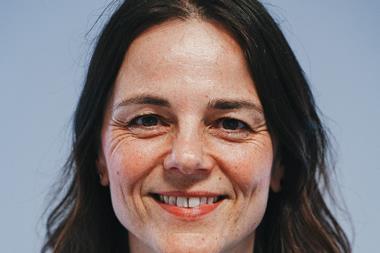
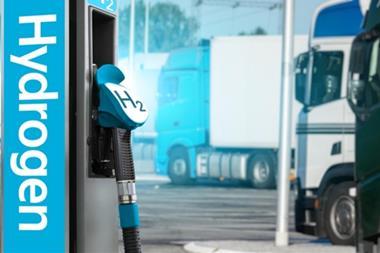
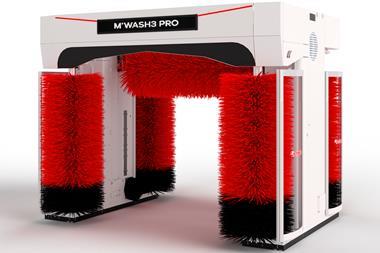


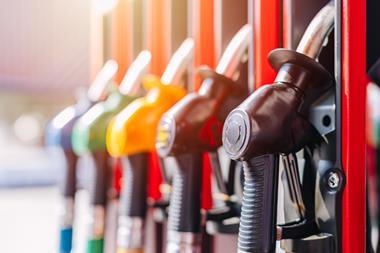

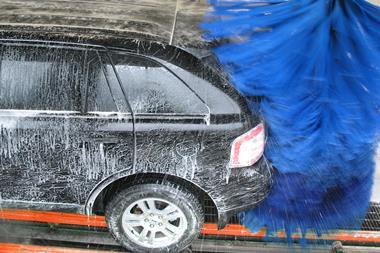



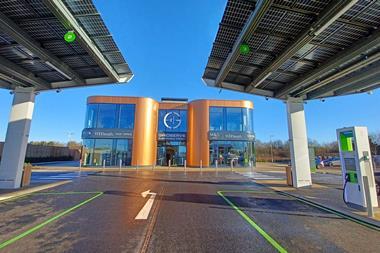
No comments yet